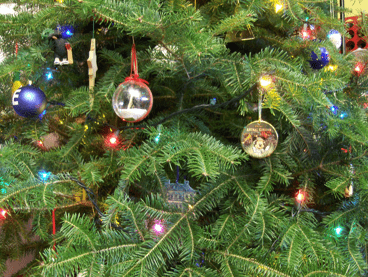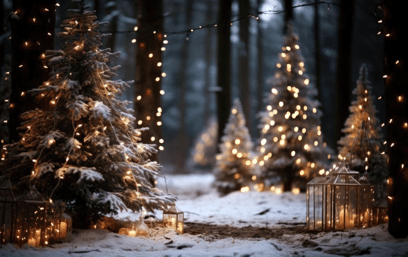
Beyond the Chill—Exploring Tree Dormancy and Adaptations During Winter
Brrrrrr! December means winter is upon us. Did you know that trees and humans share some similarities in winter? Just as humans may feel sluggish and can be less active in the winter, trees enter a dormant phase during the winter months. This is a period of rest and conservation of energy that helps trees survive the harsh winter conditions. Humans and trees are both vulnerable to harsh winter conditions such as extreme cold, snow, and ice. These extremes can cause severe structural and health issues in trees. So how do they make it through the cold? Trees are uniquely equipped to withstand the unique challenges posed by winter conditions. A tree's resilience in facing low temperatures, often measured by its hardiness zone, stands as a pivotal factor in its ability to thrive.
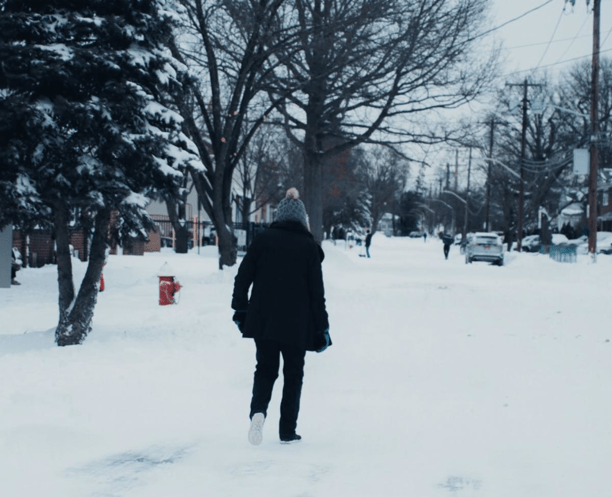
While trees don't have the option of putting on coats for warmth, they do manage to 'stay warm' by depending on their outermost layer—bark. The bark of a tree acts as an insulator, protecting the living tissues from cold.
Trees that drop their leaves, known as deciduous trees, and evergreens have different strategies for coping with those cold temperatures. Deciduous trees have evolved to drop their leaves and enter a dormant status to conserve energy. That conservation of energy includes working to protect buds that will become next year's leaves from freezing. Trees are capable of creating an anti-freeze type of compound to defend against the very cold! Evergreens continue to use the sun to make food and resources on days that are sunny and warm enough. They have a waxy needle coating that helps to protect them from the cold. While they are ever-green, these trees still lose needles. By dropping their oldest and least productive needles, they are able to focus their resources on the newest and healthiest needles. Now that you know, you’ll notice your favorite White Pine shed a whole bunch of interior needles in the fall!
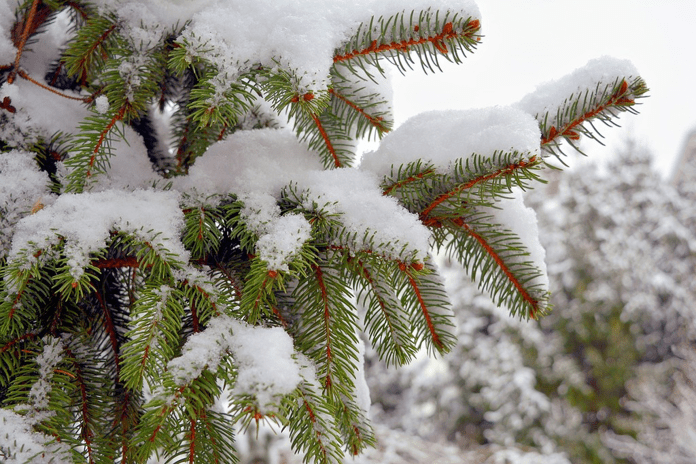
When snow accumulates on the branches of evergreen trees, the snow acts as a natural insulating blanket. This layer helps trap a pocket of air close to the tree, creating a buffer against the outside cold temperatures.
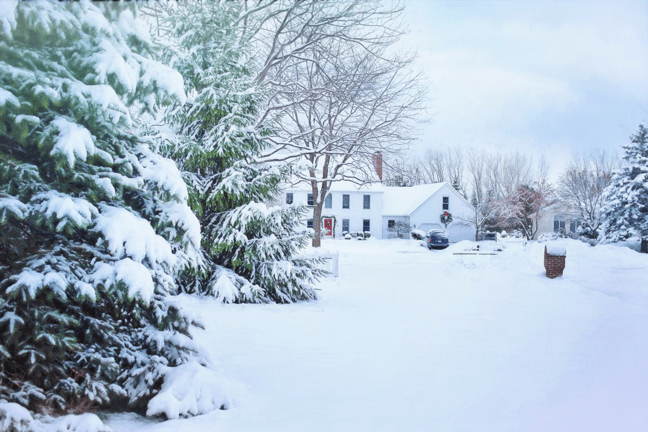
Nature has been shown to have stress-reducing effects. Whether through the visual appeal of snow-covered trees or the calming sound of wind rustling through bare branches, spending time in tree-filled environments can promote relaxation and aid in managing seasonal affective disorder (SAD).
Just as humans need rest to recover and prepare for the next day, trees need the winter dormancy period to prepare for the next season. Dormancy allows trees to conserve energy, protect themselves from the cold and frost, and prepare for the next growing season. Without dormancy, both evergreens and deciduous trees would be more vulnerable to the stresses of winter and less likely to survive in harsh environments.
Find out more:
Schedule a consultation with a Monster Arborist
Morton Arboretum: Winter Injuries to Trees and Shrubs
NYS Parks: Basic Winter Tree ID [Deciduous Trees]
Ask the Arborist
Mike T.
[Big Mike]
Certified Treecare Safety Professional [CTSP 05270]

![]()
Q: What can I do to protect my outdoor trees while hanging holiday lights on them?
A: Holiday lights can easily be installed with minimal impact to the trees: individual strands of lights can be draped around the outer edges of the canopy or wrapped loosely around the larger branches or trunk of the tree. Nailing or clipping lights directly to the trunk of a tree can stress the tree. The holes created by nailing holes in the tree can make the tree more susceptible to pests and disease. The nail can also damage the internal parts of the tree responsible for transporting water, nutrients, and energy throughout the tree. You should also avoid net style lights as they can get tangled in branches, making removal of the lights difficult while also increasing the likelihood of damage to the tree or lights when the lights are removed.
Q: When should I remove lights?
A: It is recommended to remove lights once warmer weather rolls in, this can be spring or on a nice sunny winter day. Leaving lights up year-round can cause damage to the tree, as it continues to expand (think growth rings) as it grows, especially with lights wrapped around branches. Strands of lights can choke the tree and hinder its ability to move nutrients. This can stress the tree or even prove to be fatal to the tree. Another consideration is that holiday light strands will degrade with long term exposure to sunlight and can be damaged by wildlife. Promptly removing lights from trees can save you hours in troubleshooting the next time you go to use the lights.
Q: What techniques can I use to stay safe?
A: Avoid installing holiday lights where there are overhead utility wires! Avoid ladders, if possible, a long pole with a hook on the end is both safer and faster. You can also tape connections between strands of lights and extension cords, this prevents water from getting into the connections and reduces the chances they will come unplugged as the tree moves in the wind. You can also use a professional lighting firm, like Outdoor Lighting Perspectives, who have the right equipment and experience to make your landscape look beautiful this holiday season or year-round.
Monster Fun
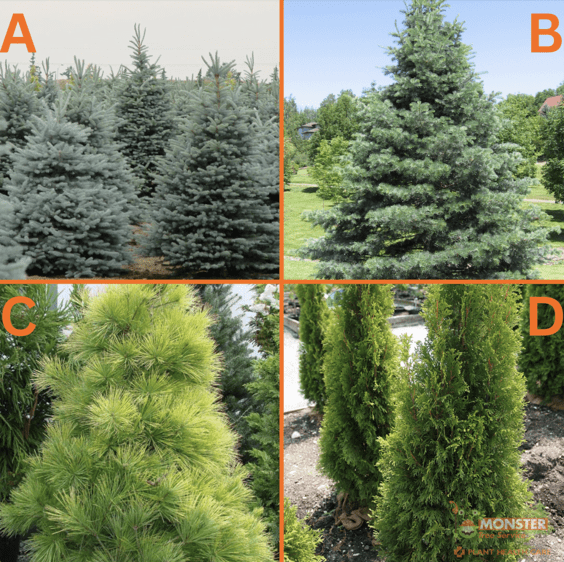
What's your favorite winter evergreen?
A: Blue Spruce
B: Concolor Fir
C: White Pine
D: Arborvitae
Monster in the Neighborhood
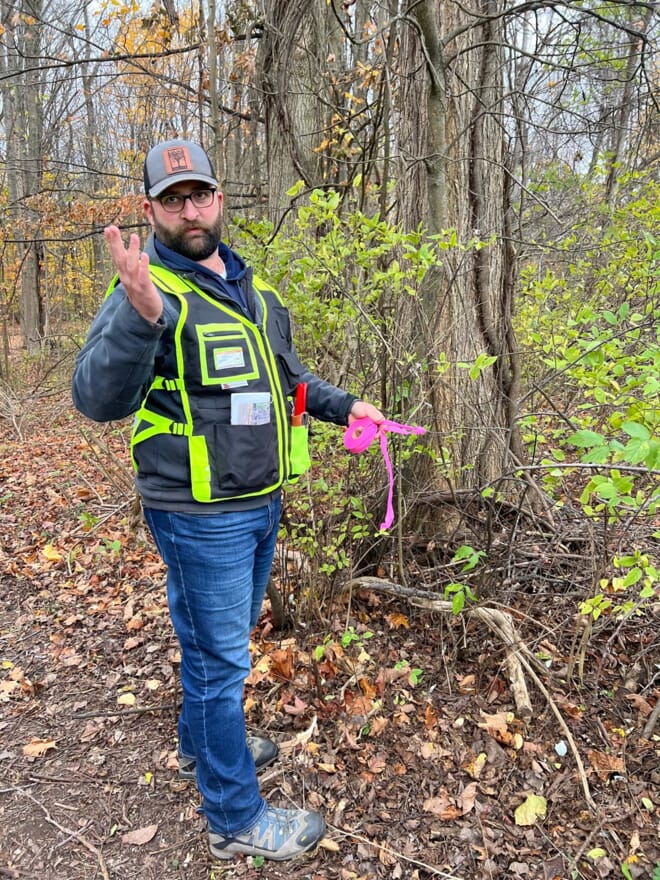
Jason flagging and explaining what noxious shrubs and vines are present.
At Monster Tree, our employees' commitment to arboriculture extends beyond the workplace. Jason Beardsley, one of our ISA Certified Arborists who also holds the Tree Risk Assessment Qualification (TRAQ), has been a volunteer member on the Williamson School District's 'Woods Committee' since he helped form the committee last winter. The committee was created to help the school district determine how they can best utilize a 50-acre section of woods on their property. After meeting to gather interest and ideas, the committee reached out to the NYS DEC to create a formal Forest Stewardship Plan. Once the plan was finalized, work started to mark and clear trails throughout the woods! The group has many ideas on how to make the space interactive so the community can enjoy the space in a fun and educational way— everything from a fairy garden and an outdoor stage to scientific data collection stations and instrument making! The volunteer work will continue as more and more interactive features are put in place for the school community.
Please reach out to Jason at jbeardsley@whymonster.com If you are interested in joining the committee or would like to learn more about the project.
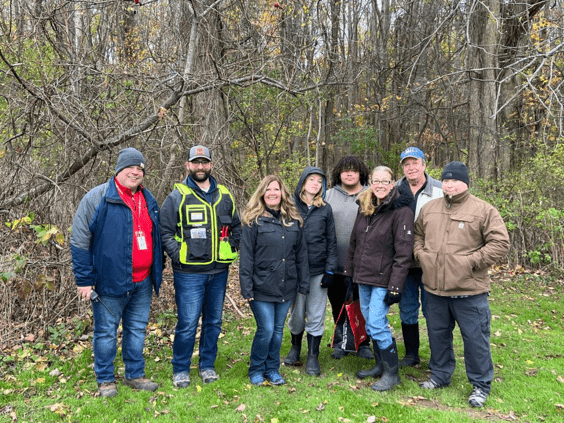
Top: Members of the Williamson School District's Woods Committee as they prepare to begin field work.
Below: Jason created a GIS based map for the teams helping with trail work. It will be an integral part of the woods development and make navigation and planning much easier.
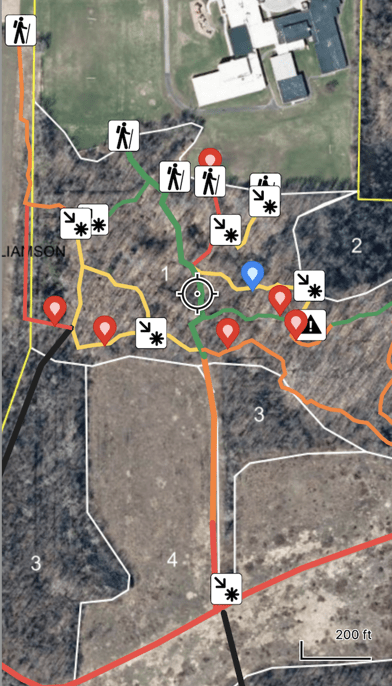
Tree Highlight
Concolor Fir
(Abies concolor)
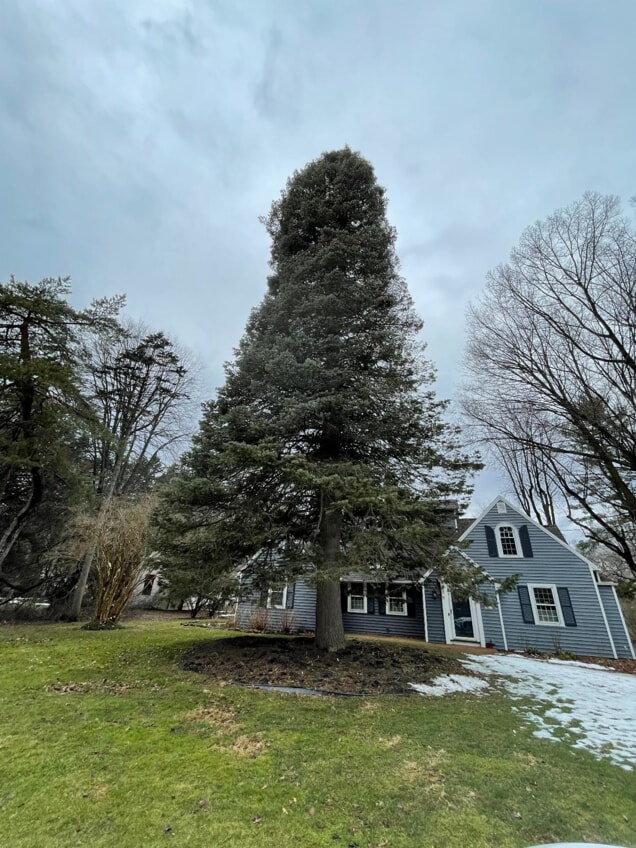
Also called: White fir, Rocky Mountain white fir
Lifespan: In an urban setting about 50-80 years, in a forest setting they can reach 300 years or more in age!
ID features: Height- They typically grow 40-70 feet tall and 20-30 feet wide in an urban setting.
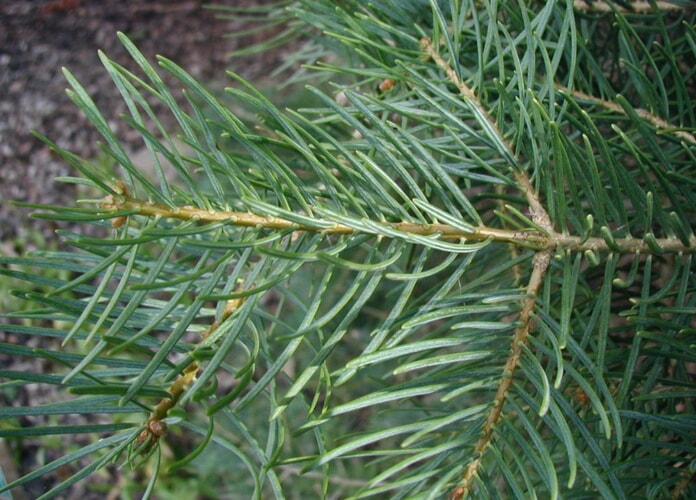
Needles - Everygreen. They are 2 to 3 inches in length, and they are arranged spirally around the branches. They are flat and elongated, with a bluish-green to silvery-green color.
Bark - Young trees have smooth and grayish bark that becomes rougher and develops deep furrows as they age. The bark may appear somewhat scaly, and it can be tinged with a reddish-brown color as the tree gets older.
Fruit/seed - The cones are cylindrical and measure around 3 to 6 inches in length. They can be green when young, and as they mature, they will turn brown. The cone scales are relatively smooth. Each scale has a small, protruding bract. There are both pollen cones [cones that produce and release pollen] and seed cones [cones that hold and protect seeds] present on one tree.
Flowers - Concolor fir do not have flowers with petals. Their cones act as their flower and are responsible for reproduction.
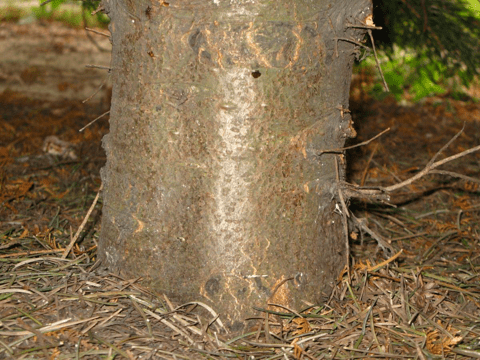
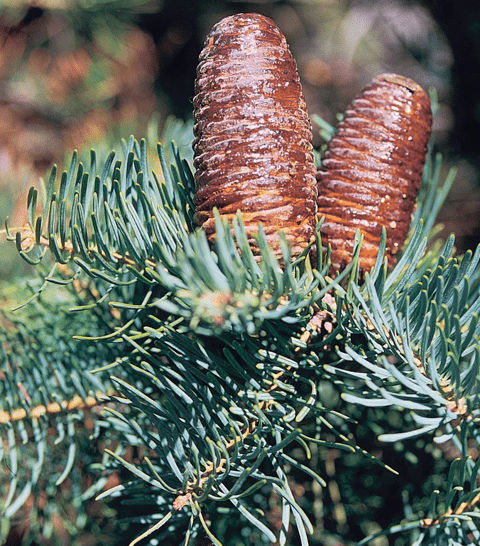
Fun facts:
- Cones will grow upward on branches. Trees may not produce cones and seeds for up to the first 40 years.
- The needles are known for their pleasant aroma, often described as having a citrus or orange-like scent, which sets them apart from many other firs. This aroma can be particularly noticeable when the needles are crushed or brushed against.
- A holiday tree classic! The pyramid like shape and horizontally tiered branches of this fir make it one of the most popular choices to decorate around the holiday season.
